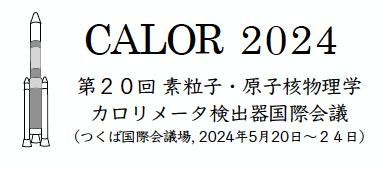Speakers
Description
Following the priority research directions for calorimetry documented in the DOE HEP basic research needs for instruments the Caltech HEP Crystal Lab has been actively investigating novel inorganic scintillators along the following three directions. Fast and radiation hard inorganic scintillators to face the challenge of severe radiation environment expected by future HEP experiments at hadron colliders, such as the HL‐LHC and a 10 TeV pCM collider, where radiation damage is induced by ionization dose, protons and neutrons. Ultrafast inorganic scintillators to face the challenge of unprecedented event rate expected by future HEP experiments searching for rare decays, such as Mu2e‐II, and ultrafast time of flight (TOF) system at colliders. Cost‐effective inorganic scintillators for the homogeneous hadron calorimeter (HHCAL) concept to face the challenge of both electromagnetic and jet mass resolutions required by the proposed Higgs factory. We report recent progress in all these directions, such as LuAG:Ce ceramic fibers for the RADiCAL proposal, Lu2O3:Yb ceramics for TOF and ABS:Ce and DSB:Ce glass scintillators for HHCAL and the CalVision proposal. The result of this investigation may also benefit nuclear physics experiments, GHz hard X‐ray imaging, medical imaging and homeland security applications.
